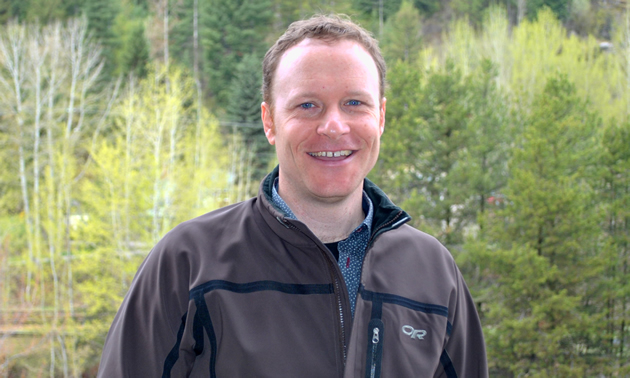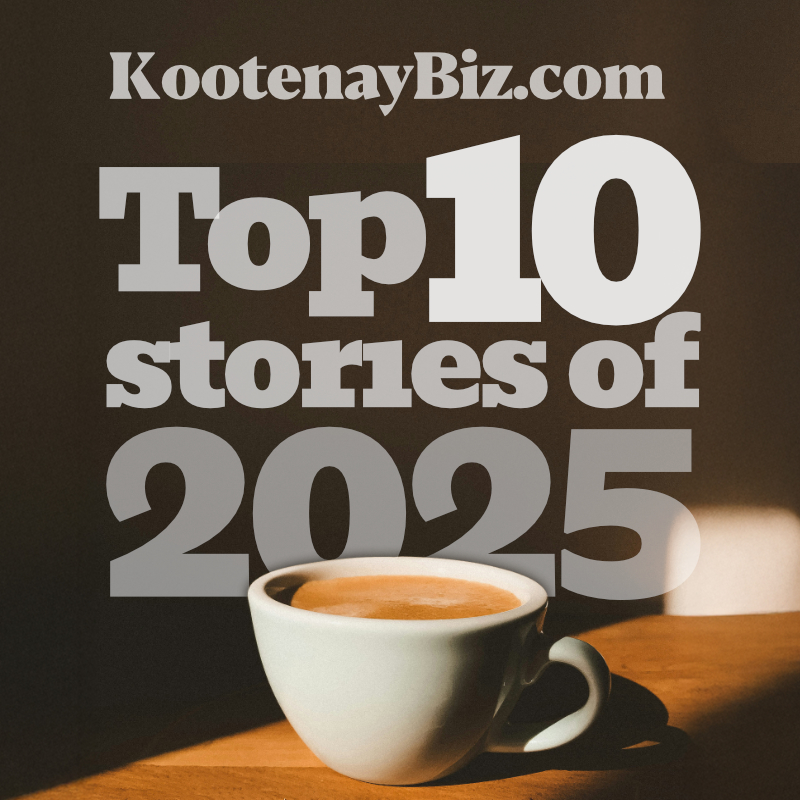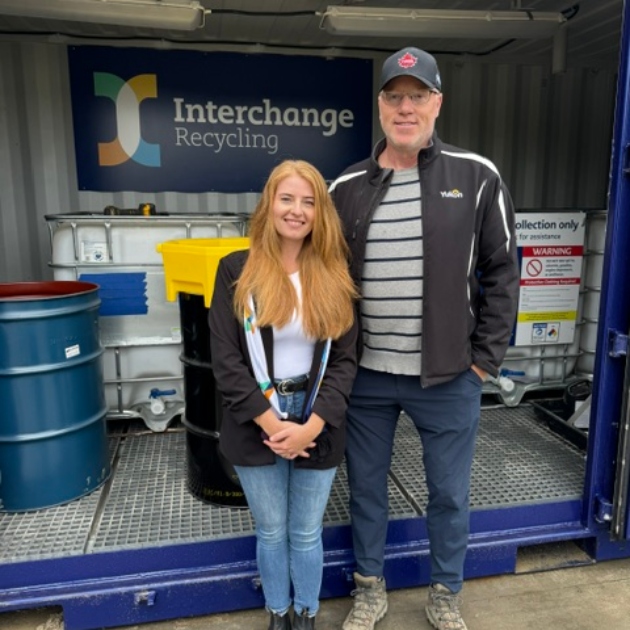Environmental planning in the Columbia Basin
Columbia Basin Trust has released a well-informed environment strategic plan that will guide the Trust until 2019
After a year of feedback from Basin residents and subject-matter experts, Columbia Basin Trust (CBT) has compiled five goals into an environment strategic plan. The plan is intentionally focused, allowing CBT to target what it has identified as the most critical environmental priorities for the region.
“It’s a very important plan because it’s going to guide our water and environment-related activities for the next five years to 2019,” said Tim Hicks, manager, water and environment, with CBT. ”The planning process was very important for us because we wanted to ensure that our plan is based on the aspirations of residents and that it’s also addressing the most significant environmental priorities in the Basin, both regionally and at a local level.”
Five well-informed goals
Residents were engaged online through a survey as well as with in-person or teleconference workshops. Experts then commented on residents' concerns, helping CBT to identify priorities. The first goal looks at maintaining and improving water quality in the Columbia Basin. The second goal is focused on ecosystems, helping to protect the Basin’s impressive natural areas and to improve biodiversity. The third goal addresses the evolving issue of resilience to climate change. This part of the environmental strategic plan addresses both the importance of reducing greenhouse gas emissions while also preparing to deal with current and anticipated effects of climate change in the region.
The final two goals involve engaging residents and supporting Basin communities. Goal 4 deals with environmental education and stewardship. Implementation will mean environmental learning opportunities for all ages. The final goal is focused on environmental capacity building to strengthen communities.
“We really are interested in helping to build capacity in the environment sector, as well as the social and economic sector,” said Hicks. "And so through the implementation of this plan we’ll be supporting organizations to do their work around environmental well-being and, in turn, that will support those organizations continuing to flourish.”
Action together with words
The goals may be specific, but Hicks said that the plan is interrelated. All the goals need to be taken together as they are all part of encouraging environmental well-being in the region. CBT does support organizations and programs that contribute to environmental health, but it is also responsible for a number of initiatives that already support the goals outlined in the environment strategic plan. Now that the plan has been released, some of the programs could be tailored to support the goals.
Examples of CBT’s environmentally based initiatives include the Water Smart Program, a CBT program that is on track to help Basin municipalities reduce water use by 20 per cent by 2015. The Carbon Neutral Kootenays program has wrapped up and the Communities Adapting to Climate Change initiative is coming to an end, but both have successfully addressed climate change in the region. A number of environmental education programs already fit under goal 4 and a land conservation initiative will continue to secure private lands for conservation purposes. The Environmental Grants program will stay in support of organizations outside of CBT that fit within the plan’s priorities.
With a new plan based on input from both residents and experts, CBT’s environmental goals are headed in the right direction.
“We’ve been able to take input from Basin residents and environmental experts and come up with a plan that is responsive to the priorities that we’ve heard from them,” said Hicks. “Another strength is that it’s specific in focusing on some environmental priorities—and it will contribute to progress on those environmental priorities—but it also allows for flexibility because much of the work that we carry out needs to be tailored on an ongoing basis to meet the needs of communities in the Basin. So I find that it strikes a good balance between being specific as well as allowing some flexibility to ensure that we’re continuing to be responsive to needs.”








Comments